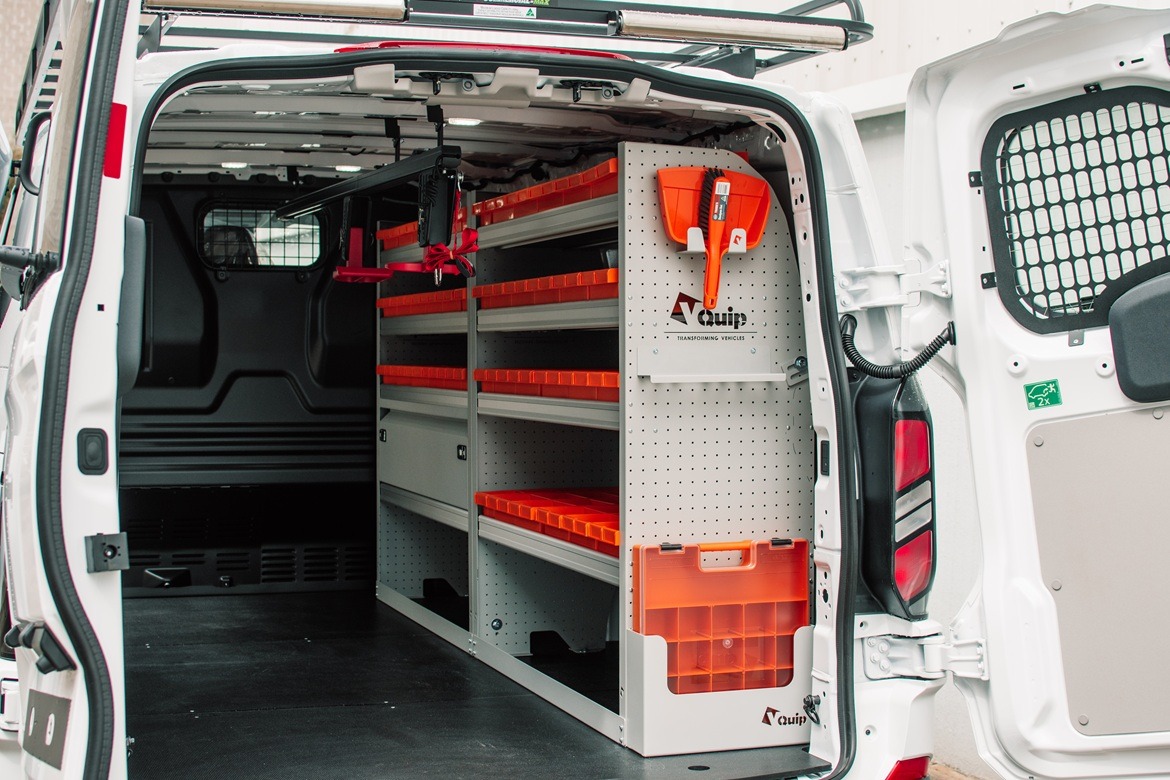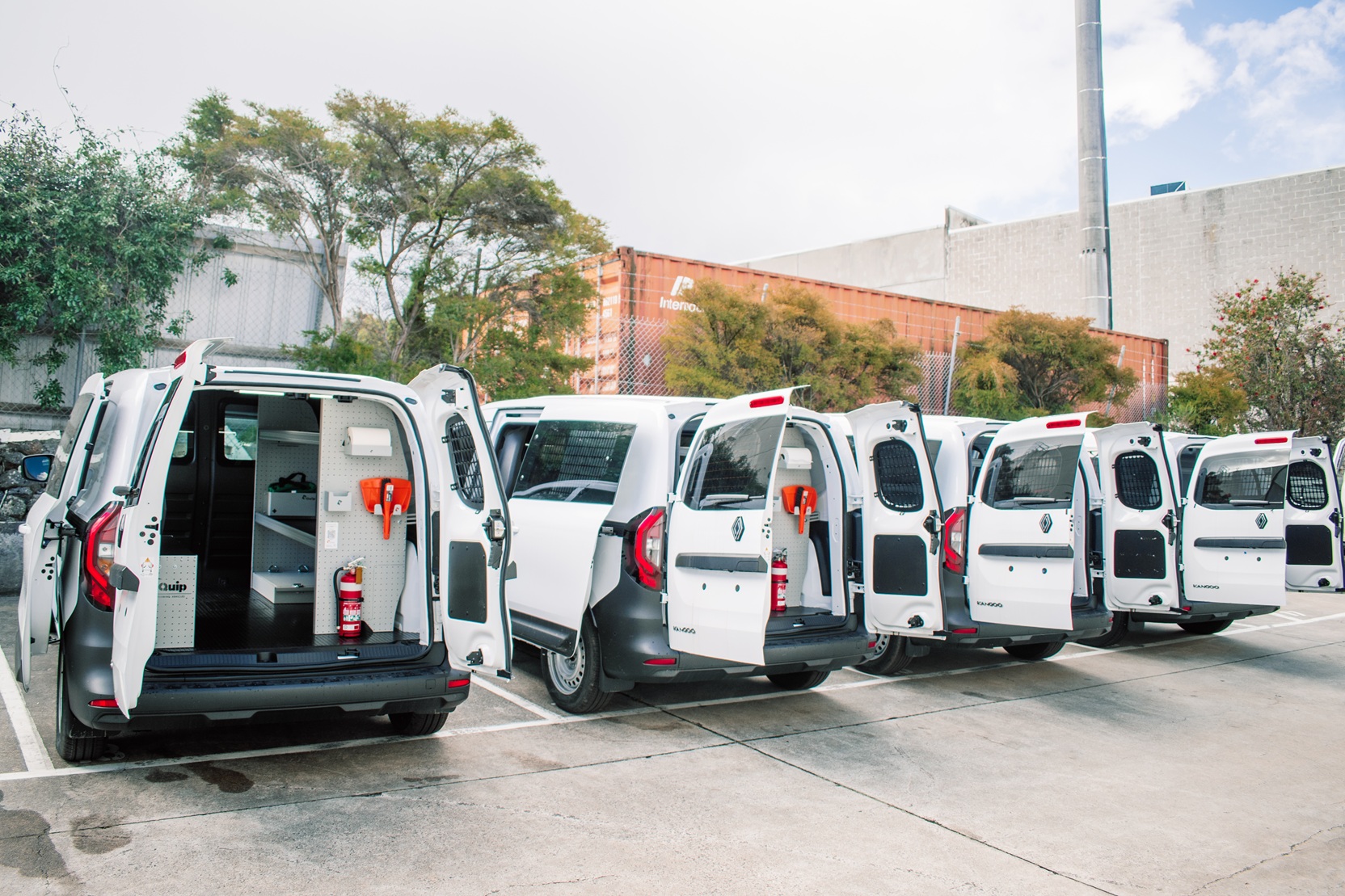
What is the largest van size I can drive on a Car License in Australia: A State-by-State Guide
Aug 12, 2024
When planning to purchase a van for commercial use – especially if you’re going to complete an industry-specific fitout in it, one important consideration is the size of the vehicle you can drive with a standard car license. In Australia, this is largely determined by the Gross Vehicle Mass (GVM) of the van. Understanding GVM and its implications is crucial, especially when considering a vehicle fitout that may impact the vehicle’s weight and, consequently, its legal operation on a standard car license.
What is Gross Vehicle Mass (GVM)?
Gross Vehicle Mass (GVM) refers to the maximum legal weight of a vehicle when fully loaded, including the vehicle itself, passengers, cargo, and any additional equipment. This is a crucial figure because it determines the licensing requirements for driving that vehicle.
In Australia, most standard car licenses, known as a Class C license, allow you to drive vehicles with a GVM of up to 4.5 tonnes and carry a maximum of 12 people (including the driver). However, it is important to check the regulations specific to the state in which the van will be registered. In this article, we break down some of the key points for each state, and also provide a link to relevant government websites in each state for further research and information.
State-by-State Overview: The Largest Van You Can Drive
New South Wales (NSW)
In NSW, drivers holding a Class C license can operate vehicles with a GVM of up to 4.5 tonnes. This means you can drive most large vans such as the Mercedes-Benz Sprinter, Ford Transit or Iveco Daily as long as they don’t exceed this weight limit. It’s important to check the specific model’s GVM, as some configurations, particularly those with extended lengths or higher roofs, may push the vehicle over the 4.5-tonne limit. More information can be found HERE on the NSW Government website.
Victoria (VIC)
Victoria follows the same rule as NSW, allowing drivers with a Class C license to drive vehicles with a GVM of up to 4.5 tonnes. The state emphasises the importance of adhering to this limit, especially after any modifications or fitouts, as adding weight through customisation can potentially exceed the allowable GVM. View THIS WEBSITE for more information.
Queensland (QLD)
In Queensland, the regulations are consistent with those in NSW and VIC. A Class C license permits the operation of vehicles up to 4.5 tonnes GVM. For those using vans for business, it’s advisable to carefully manage the weight of tools, equipment, and other cargo to ensure compliance with the GVM restrictions. View THIS WEBSITE for more information.
South Australia (SA)
South Australia also adheres to the 4.5-tonne GVM limit for Class C license holders. Given the vast distances often traveled in SA, ensuring your vehicle remains within this limit after a fitout is vital for both legal compliance and safety. More information can be found HERE on the SA Government website.
Western Australia (WA)
In WA, the rules are similar, with a 4.5-tonne GVM limit for vehicles driven on a standard car license. This state, with its expansive and sometimes remote areas, places a strong emphasis on vehicle safety and compliance, making it essential to monitor the vehicle’s GVM closely. View THIS WEBSITE for more information.
Tasmania (TAS)
Tasmania follows the same GVM rules, allowing drivers with a Class C license to operate vehicles up to 4.5 tonnes. Given the island state’s diverse terrain, from mountainous regions to coastal roads, maintaining a vehicle within the legal GVM is critical for safe driving conditions. View THIS WEBSITE for more information.
Northern Territory (NT)
The Northern Territory also allows vehicles up to 4.5 tonnes GVM on a car license. Considering the NT’s extreme weather conditions and vast distances, ensuring your van is within the GVM limit is crucial for safety and legality. View THIS WEBSITE for more information.
Australian Capital Territory (ACT)
In the ACT, the GVM limit for a car license remains at 4.5 tonnes. With the smaller size of this territory, local businesses often rely on vans for deliveries and services, making it important to keep within this limit after any modifications. View THIS WEBSITE for more information.
The Importance of Understanding GVM Before a Vehicle Fitout
When considering a vehicle fitout, it’s crucial to understand how additional modifications might impact your van’s GVM. Fitouts often add significant weight to the vehicle, whether through shelving, storage systems, custom modifications, or other equipment. Even though the van itself might be within the legal GVM before fitout, the added weight could push it beyond the 4.5-tonne limit, rendering it illegal to drive on a standard car license.
For businesses, this can have serious implications. Driving a vehicle that exceeds the GVM allowed by your license can result in fines, vehicle impoundment, or even voided insurance in the event of an accident. Furthermore, it may require employees to upgrade their licenses, adding unexpected costs and delays.
Conclusion
Understanding the largest van size you can legally drive with a car license in your state is essential, especially if you’re planning a fitout that could affect the vehicle’s GVM. By staying within the 4.5-tonne limit, you ensure compliance with the law, maintain road safety, and avoid potential legal and financial repercussions. Always check the specific GVM of any van before purchasing or modifying it, and consult with professionals to ensure your vehicle remains within the legal limits after any fitouts.
Important note: this article is provided as a general guide only, and it is important to do your own research when selecting a vehicle that can be driven on a car license. If in doubt, check on the relevant state webites listed above, or ask your vehicle dealership.





